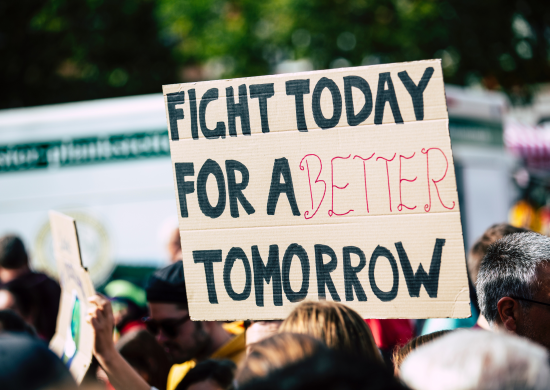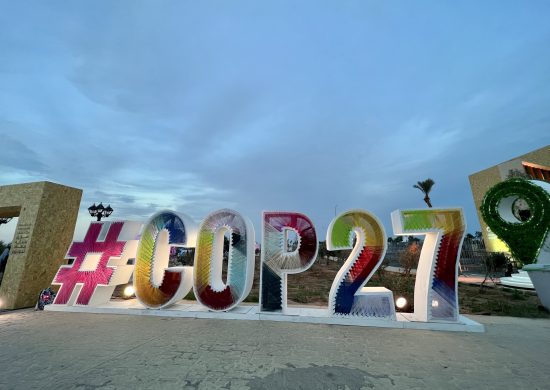The international climate negotiations are back in the news because UN Secretary-General Ban Ki-moon has invited world leaders to a one day Climate Summit next week, to happen alongside the annual UN General Assembly where heads of state and heads of government gather every year in New York. This is the beginning of a series of meetings the UN is hosting to reach an international agreement on climate in December, 2015 in Paris, France.
If this sounds familiar it’s because it was tried five years ago. A series of international meetings culminated in Copenhagen in 2009, where world leaders recognized that global temperature rise should stay below 2°C. Because that agreement was hammered out by a handful of leaders and was not legally binding, many felt it failed to meet expectations. (Having participated in the negotiations, as part of the U.S. Climate Action Network delegation, I can attest that the experience was indeed a disappointment.)
But the last number of years provide reason to think that more progress may be made in Paris than was made in Copenhagen.
— First, the U.S. has taken a big step forward. Last year, President Obama created the U.S.’s first Climate Action Plan. It aims to achieve a 17% reduction in greenhouse gas emissions from 2005 levels by 2020. One of the cornerstones of that plan – regulating carbon dioxide pollution from power plants – is already moving forward.
— Second, China is planning to launch the world’s largest carbon market in 2016 and has pledged to reduce the carbon intensity of its economy by 40-45% below 2005 levels by 2020.
— Third, the basic outline of the agreement is clearer this time. Nations have already agreed that all countries, developed and developing alike, will be asked to make “commitments” to reduce emissions and that the agreement will have “legal force.” This was one of the many sticking points going into Copenhagen and so having this groundwork agreed so far in advance is promising.
— Fourth, Ban Ki-moon has structured the Summit in a way that will hopefully lead to a “race to the top.” Heads of state, CEOs, and civil society leaders who are taking action will be given the stage. New commitments on a range of issues, possibly including reducing short-lived climate pollutants, like HFCs and methane, may play a role here.
— Fifth, civil society is once again making itself heard. For example, the World Bank’s Special Envoy for Climate Change Rachel Kyte has hinted that there will be an announcement at the Summit on carbon pricing from entities making up “significant percentages of global GDP” which will include a large number of businesses. On the outside of the Summit, tens of thousands of people are gathering to make themselves heard in cities across the globe.
After the Climate Summit, negotiators will meet in Lima, Peru, and then multiple times next year before the Paris negotiations – the self-imposed deadline governments have set for themselves to reach a new agreement. There are many ways the negotiations can fall apart between now and then. And even if everything goes well, it’s unlikely that the commitments made in Paris alone will secure all the greenhouse gas reductions needed to put the world on track to meet the 2° C target. This is a real problem that will need to be tackled with urgency since the longer we wait to reduce emissions, the harder and more expensive it is to do so – but sometimes the hardest step in a journey is the first one. Hopefully, world leaders will take that first step this September and make some significant commitments to act.



